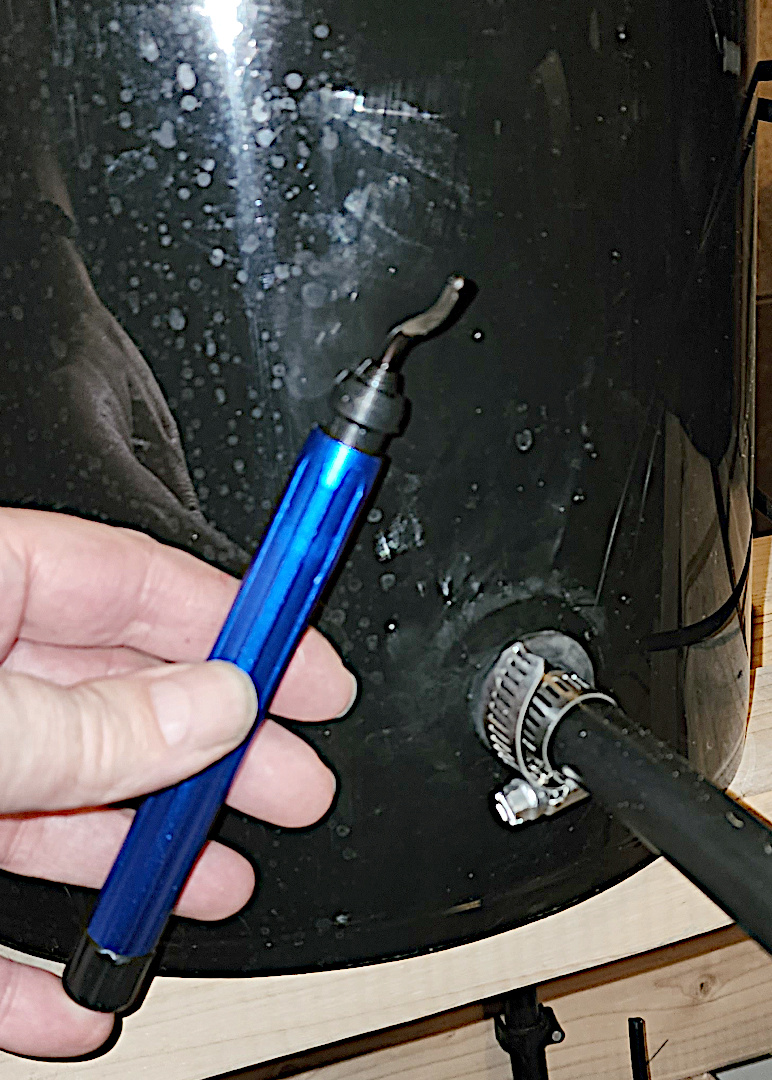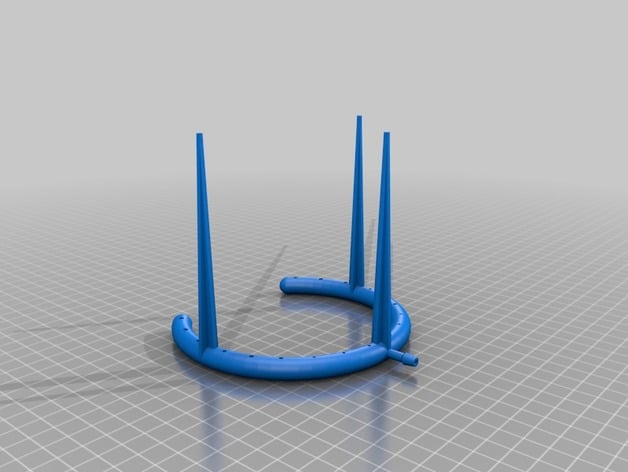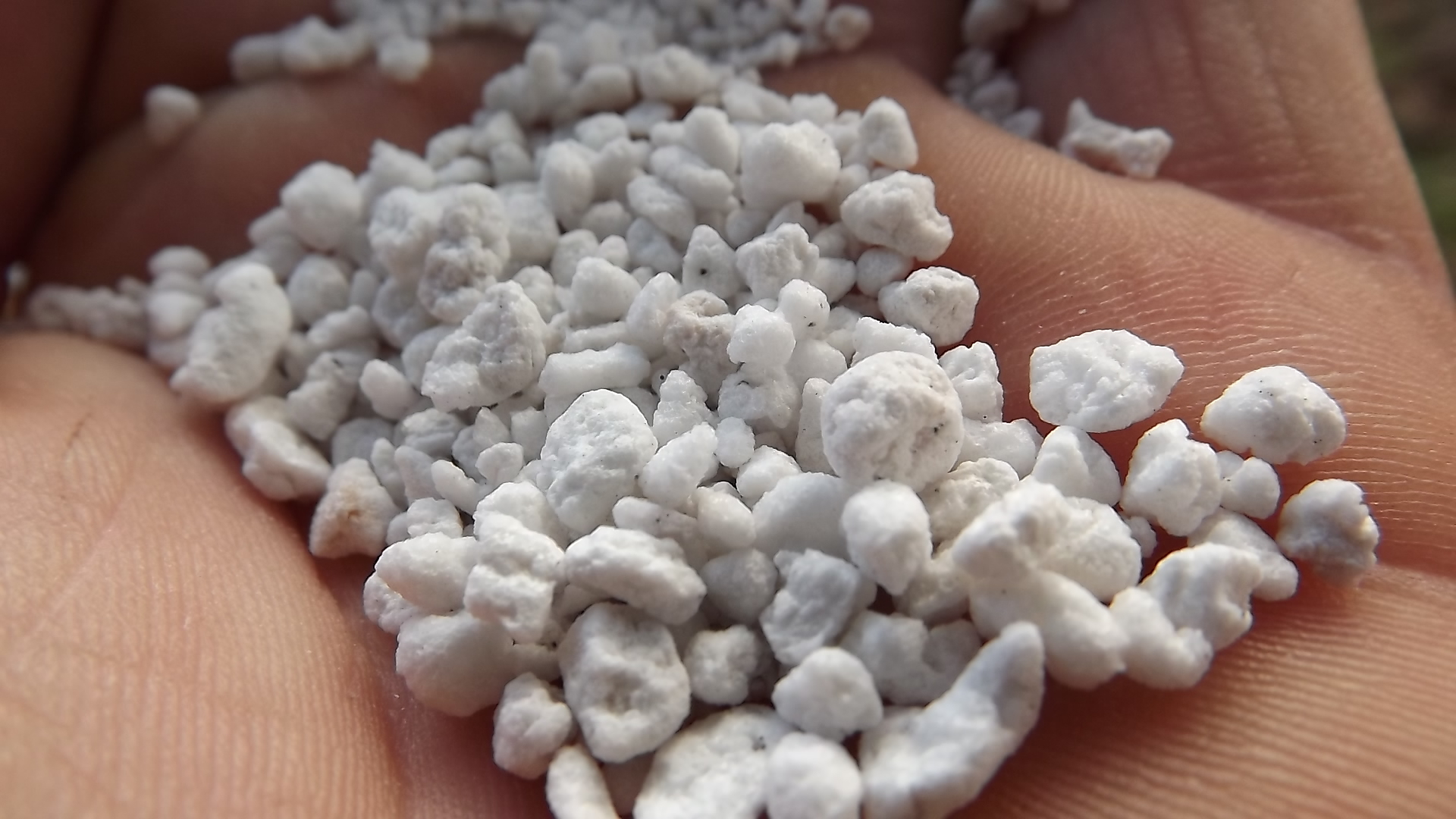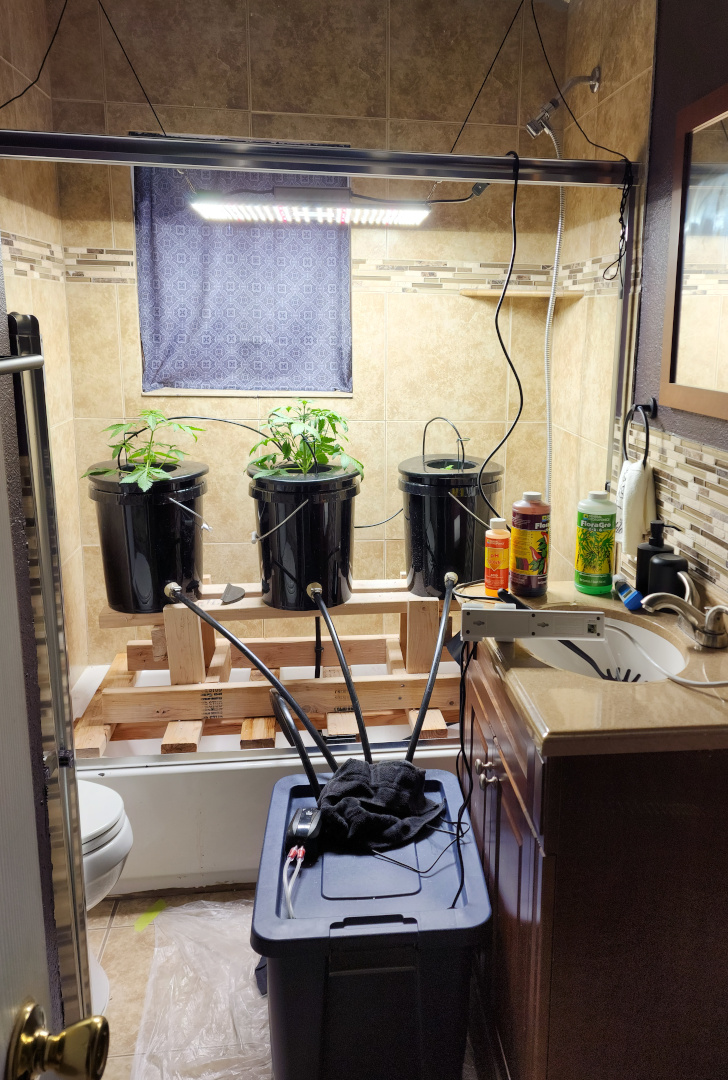I’ve been asked what my own setup is, which boils down to buckets over a bathtub!
The Dutch Bucket System
Over the Tub
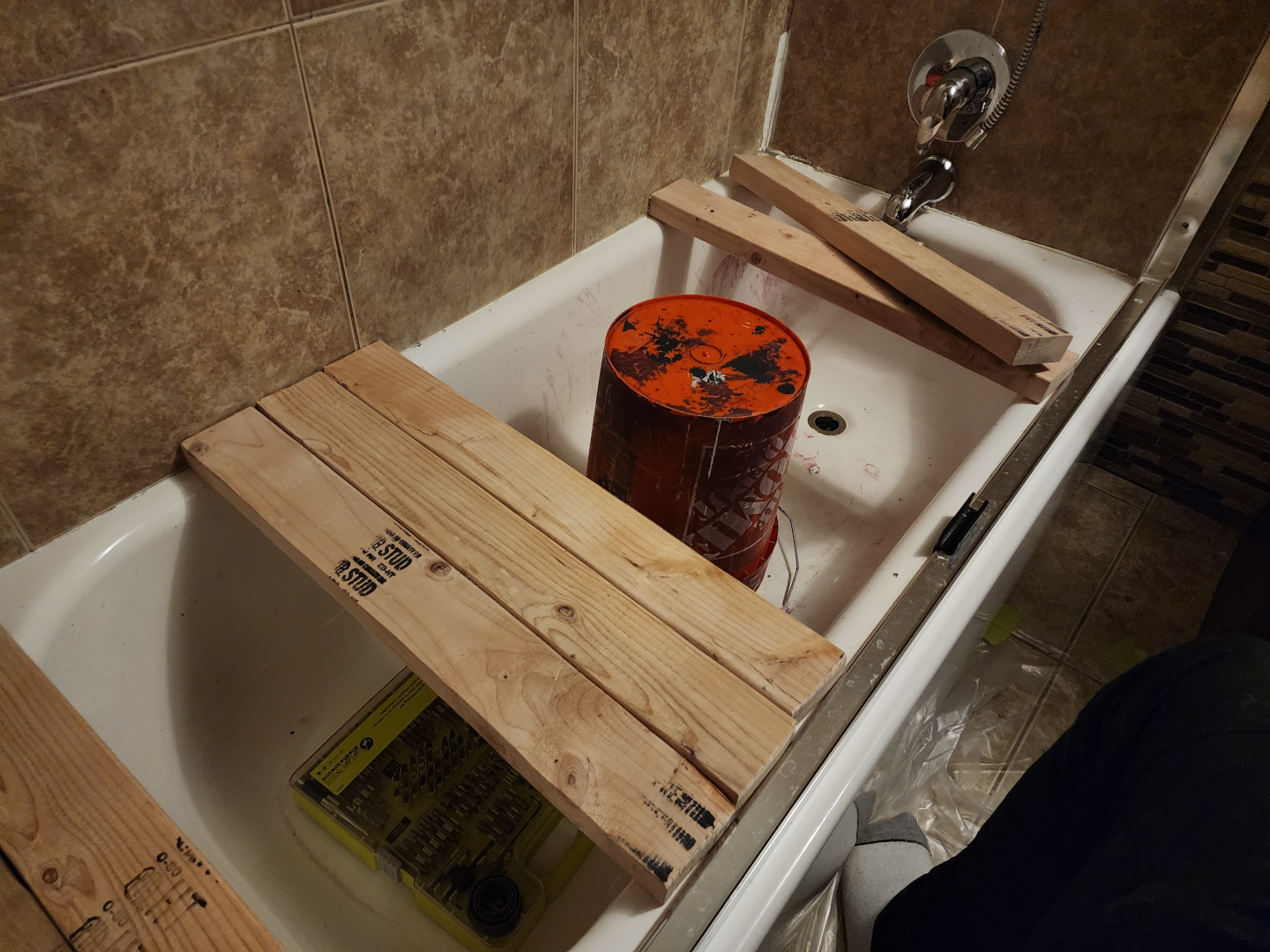
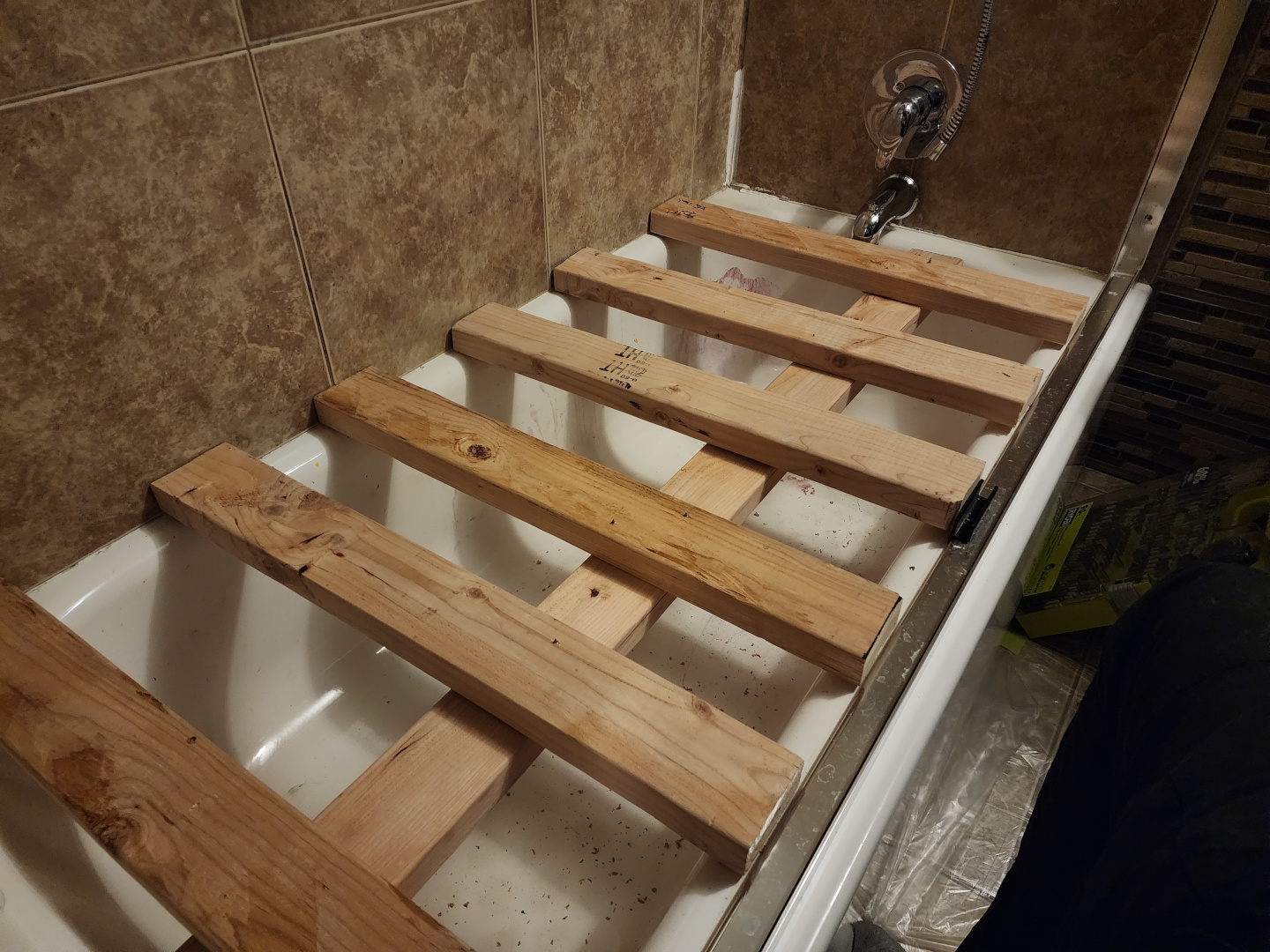
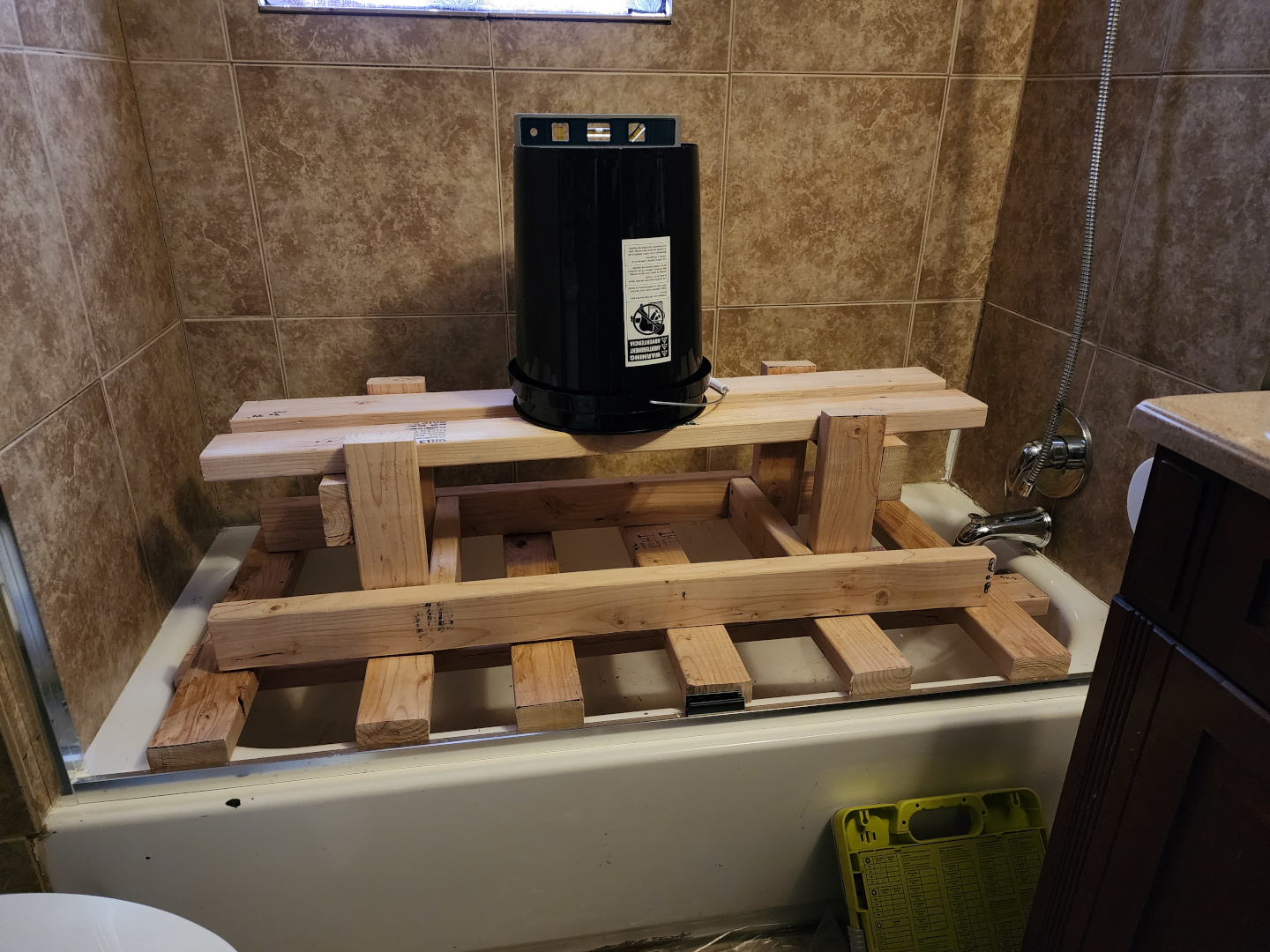
Something you cannot scrimp on is the grommets that connect the pipework to the bucket..! If you notice from the pictures above I initially used plumbers’ putty and basic sprinkler system elbows, but it absolutely won’t work. You need to use grommets like these for the right diameter of pipe you’re using, and then carve the right size hole in the buckets. The fit should be tight – frustratingly so – such that with time and patience you can get the grommet in there and insert the pipe. This is what you need to last the 3+ months of water flowing through this junction.
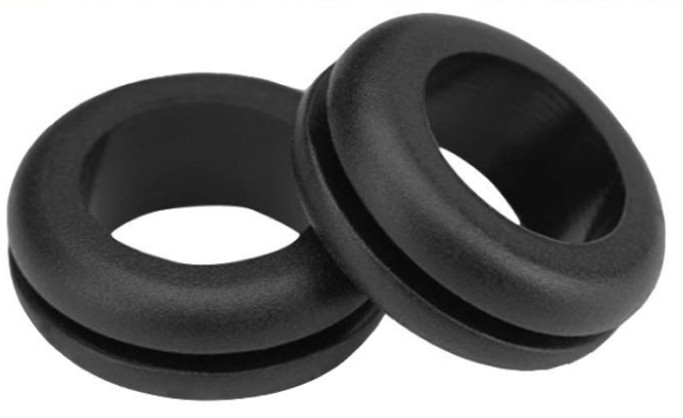
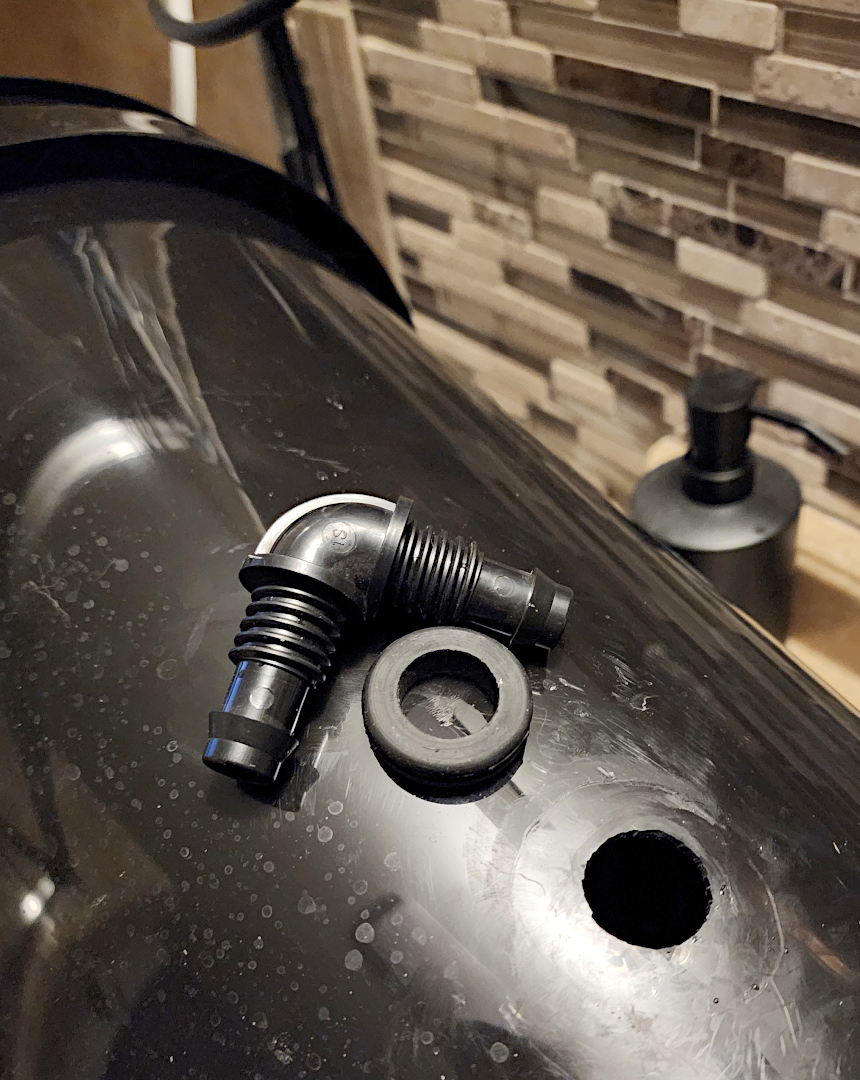
This funny looking tool is super useful for making the circular hole just a smidge larger, rather than using a pocket knife, X-Acto or some other method. It’s cheap and keeps things circular and clean.
